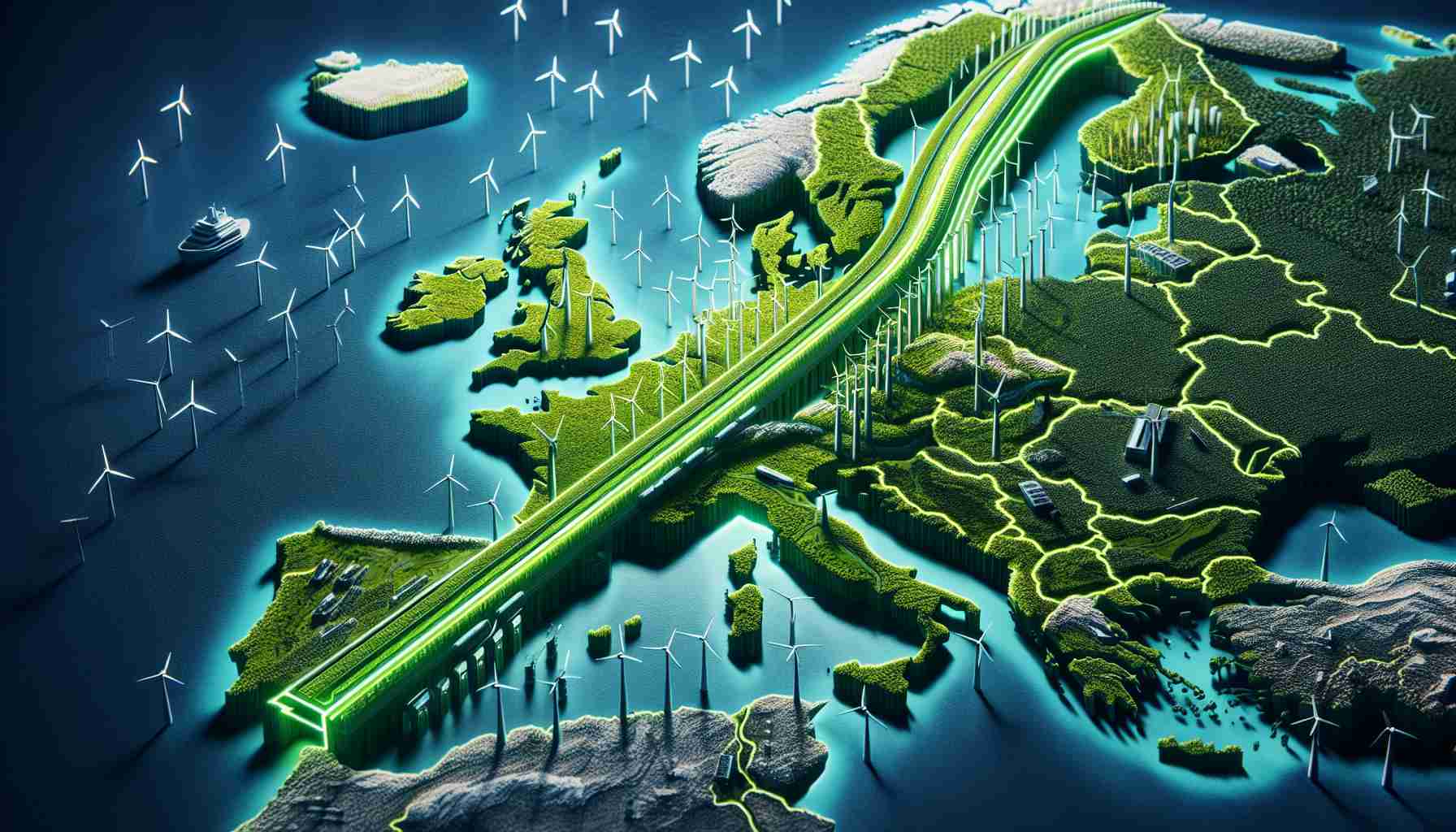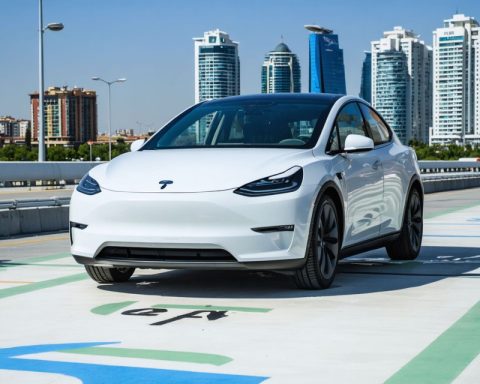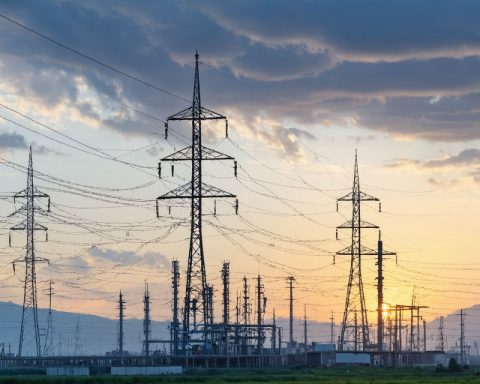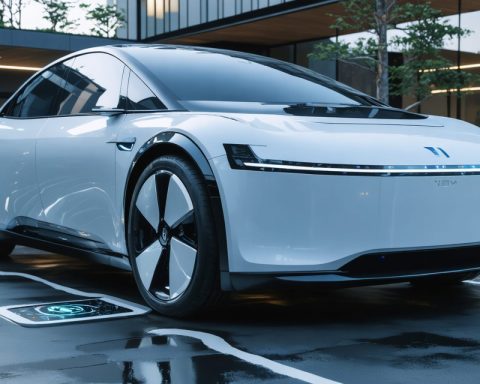The energy landscape is on the cusp of a major transformation, thanks to the ambitious SoutH2 Corridor, a 3,300-kilometer pipeline poised to deliver green hydrogen from Algeria to the European Union. By 2030, this groundbreaking project aims to produce over 4 million tonnes of hydrogen annually, signaling a seismic shift in global energy dynamics.
Harnessing Renewable Resources
Algeria is utilizing its abundant solar and wind resources to power the production of green hydrogen. Key Algerian entities like Sonatrach will spearhead hydrogen production, while Sonelgaz supplies the necessary electricity to electrolysis plants. This symbiotic relationship between natural resources and technology showcases a promising future for renewable energy.
Crossing Borders with Collaboration
The SoutH2 Corridor is more than just a pipeline; it’s a symbol of international cooperation. German company VNG, alongside Austria’s Verbund and Italy’s Snam, plays a crucial role in transporting this green energy across Europe. This initiative aligns with the EU’s REPowerEU strategy, underscoring the continent’s commitment to reducing fossil fuel dependency and embracing sustainable energy sources.
Innovative Infrastructure Utilization
A significant cost-saving factor in the project is its strategic use of existing infrastructure. Over 70% of the pipeline will repurpose former natural gas lines, minimizing expenses and environmental impact. Supported by studies on technical and economic feasibility, the project underscores cost-efficiency and sustainability.
A Step Towards Energy Independence
This initiative is expected to fortify Europe’s energy security while decreasing reliance on Russian energy sources. By intertwining national efforts into a cohesive European initiative, SoutH2 exemplifies how international collaboration can lead to a greener, more sustainable energy future.
Unveiling the Unexpected: How the SoutH2 Corridor Could Reshape Economies and Societies
The introduction of the SoutH2 Corridor signifies more than just an advancement in energy transportation; it embodies a profound shift in global economic and social landscapes. The pursuit of greener energy solutions like green hydrogen not only addresses environmental concerns but also ripples through multiple layers of societal structures.
Empowering New Industries and Innovations
As Algeria takes the lead in green hydrogen production, this creates opportunities for the development of new industries within the country, particularly in the realms of renewable energy technology, scientific research, and international trade. Algeria’s move could inspire regional neighbors to capitalize on similar ventures, fostering a new era of economic revitalization across North Africa. By shifting focus to renewable hydrogen, countries may witness a technological renaissance, while research institutions could find themselves at the forefront of groundbreaking innovations.
Socio-Economic Impact on Local Communities
The demand for skilled labor to manage, operate, and maintain green hydrogen infrastructure can lead to job creation, offering employment possibilities for thousands in Algeria and the countries along the pipeline. This shift carries potential for improving standards of living and reducing poverty rates through stable income opportunities. Additionally, communities may receive investment in infrastructure improvements and educational programs, further bolstering socio-economic resilience.
Can Green Hydrogen Alter Global Energy Dynamics?
Absolutely. If successful, the SoutH2 Corridor could establish a blueprint for other nations, accelerating the shift from traditional fossil fuels to sustainable alternatives worldwide. Creating a network of green hydrogen corridors globally could reduce geopolitical tensions arising from energy dependency and inspire cooperative efforts towards climate goals.
Controversies and Challenges Ahead
Despite its promise, the SoutH2 Corridor is not without its controversies. Environmental groups raise concerns about potential ecological disturbances during pipeline construction and maintenance. Moreover, integrating hydrogen into Europe’s existing energy mix poses technical challenges related to storage and distribution. These issues must be addressed for the project to maintain momentum and public support.
Will the estimates hold true, with green hydrogen meeting its projected targets by 2030? Challenges such as feasibility studies indicate ongoing assessments are needed to ensure objectives align with reality, keeping transparency in focus.
For a deeper dive into the wide utilization of green hydrogen in industry, visit Hydrogen Europe. For insights into renewable energy initiatives globally, explore resources from IRENA.
As the world watches the SoutH2 Corridor progress, the project could well be a defining moment in how societies adapt to an evolving energy future and illustrate how international collaboration can chart a new, sustainable path forward.














